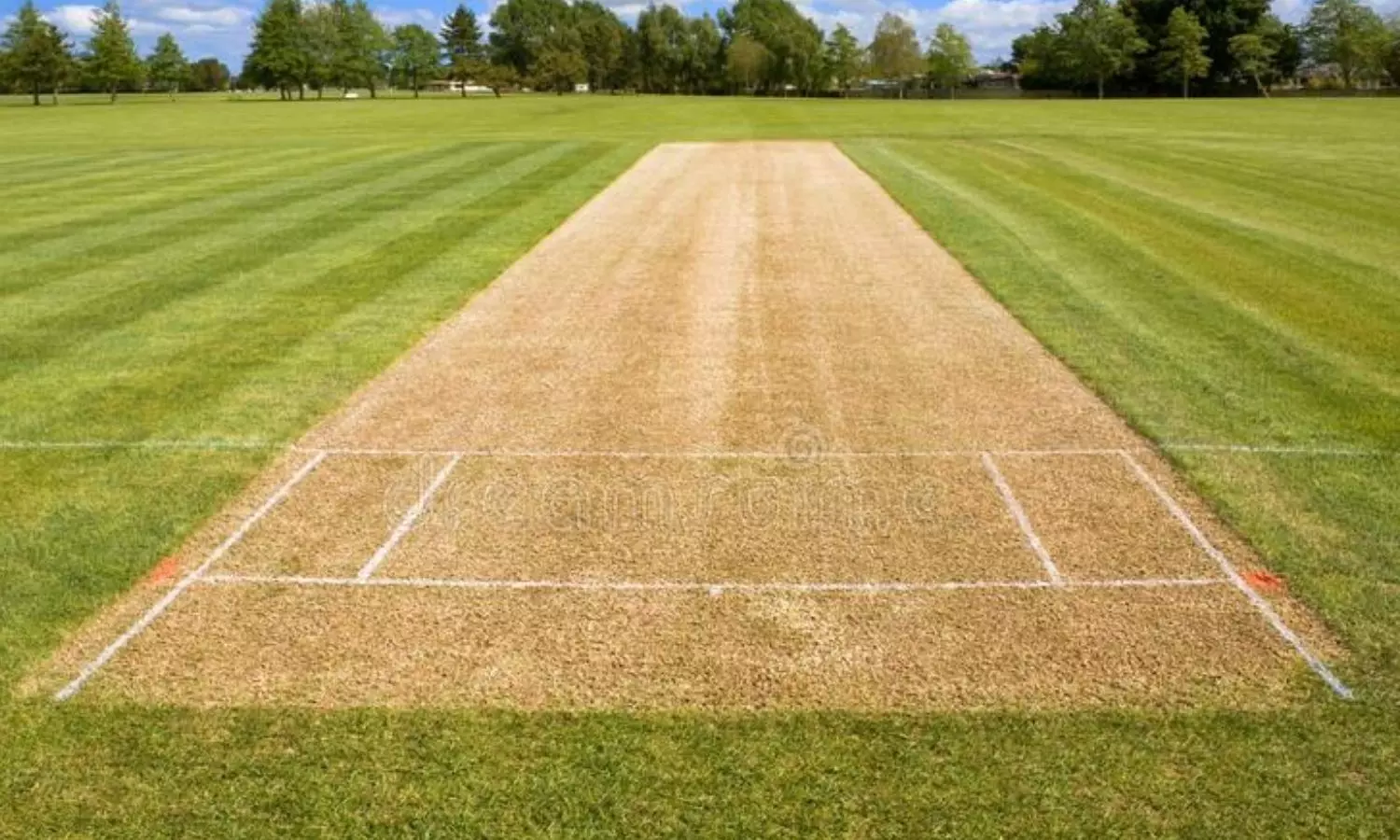GP- Article
Types of Cricket Pitches and How You Can Read Them

Cricket Pitch
Whether you know all about the game of cricket or you just watch the odd game, it's good to know about one of the most vital aspects of the game - the pitch. There are 6 different types of pitch to look out for and we're going to cover each one and the different aspects.
Why is the pitch important?
One of the most important reasons to know about what type of pitch is to know if the batter or the bowler will have a slight advantage. Information like the moisture of the pitch or the compaction of the ground is great information to have when you're placing a bet on websites like Cricket-Betting.com, as knowing who has the advantage can make all the difference!
The Different Types of Pitch
Green Pitch
The green pitches have a much higher ratio of grass covering them, making them look more green. Green pitches are seen as one of the best types to play on, especially when it comes to 5 days tests. The ground wears slower which means the quality stays better for longer into the test. It's a big help for faster bowlers in the early stages of the match but eventually the odds will even out between batter and bowler.
Flat Track Pitch
Also known as a flat pitch, this type of pitch is softer than normal and is usually only rolled slightly. You will be hard pressed to find any cracks, there will be a tiny bit of wear and not much grass if any at all. These flat track pitches are slightly better for batters, since the bounce of the bowler's ball is a bit more predictable.
Dry Pitch
As the name suggests, a dry pitch will be lacking in moisture and will have a big chance of cracking. This can be great news for faster bowlers but competent batsmen can still work their way around the slight advantage. As long as the ball doesn't hit any of the cracks in the ground then it shouldn't deviate.
Wet Pitch
These pitches are the opposite of the previously mentioned dry pitch. When the humidity and moisture somehow get into the ground and onto the pitch, it can cause erratic ball movements thanks to the click nature of the ground. These erratic movements will help the bowler as their bowling will become unpredictable.
Dusty Pitch
Dusty pitches get their name from the fact that they aren't rolled, which means a layer of dust can coat the ground. This leaves the pitch dryer than usual and a little bit soft, helping bowlers get more spin on the ball.
Dead Pitch
Dead pitches contain no grass or moisture, making it very hard for bowlers when it comes to trying to get wickets. That makes these pitches bad choices when it comes to any sort of test cricket and a better choice for any sort of game that has a limited amount of overs.
You can read further into types of cricket pitches here.
What are the best ways to read a pitch?
The three biggest factors you want to look for when you're trying to read a pitch are: The compaction of the pitch, the amount of grass on it and the level of moisture.
When it comes to reading a pitch, it's vital for the teams themselves as it can dictate the selection of people who will play and the batting order. These decisions are huge in the long run, with them being able to sway the outcome of a match.
When looking out for the amount of grass on the pitch, one thing to make a note of is how green the pitch is. A very green pitch will be an advantage to the bowler, especially at the start of a game. If the pitch is dusty, then a slow bowler would be an advantage in the early game.
For the moisture content, if the pitch feels a bit damp then there's an advantage for the team who bowls first. If the weather forecast is saying the weather looks to be dry all day, then batting second is actually the better move and gives the second batters a slight advantage.
If there is very little grass and not a lot of moisture, then there's the chance that the pitch is either flat or dead. This style of pitch can be good for whoever is batting, so it's a margin call on who gets the advantage.
On the whole, it's important to take note of the pitch when you're either playing cricket or looking to place a bet on a match/series, as small things such as the moisture or the amount of grass can have serious effects on the outcomes!
